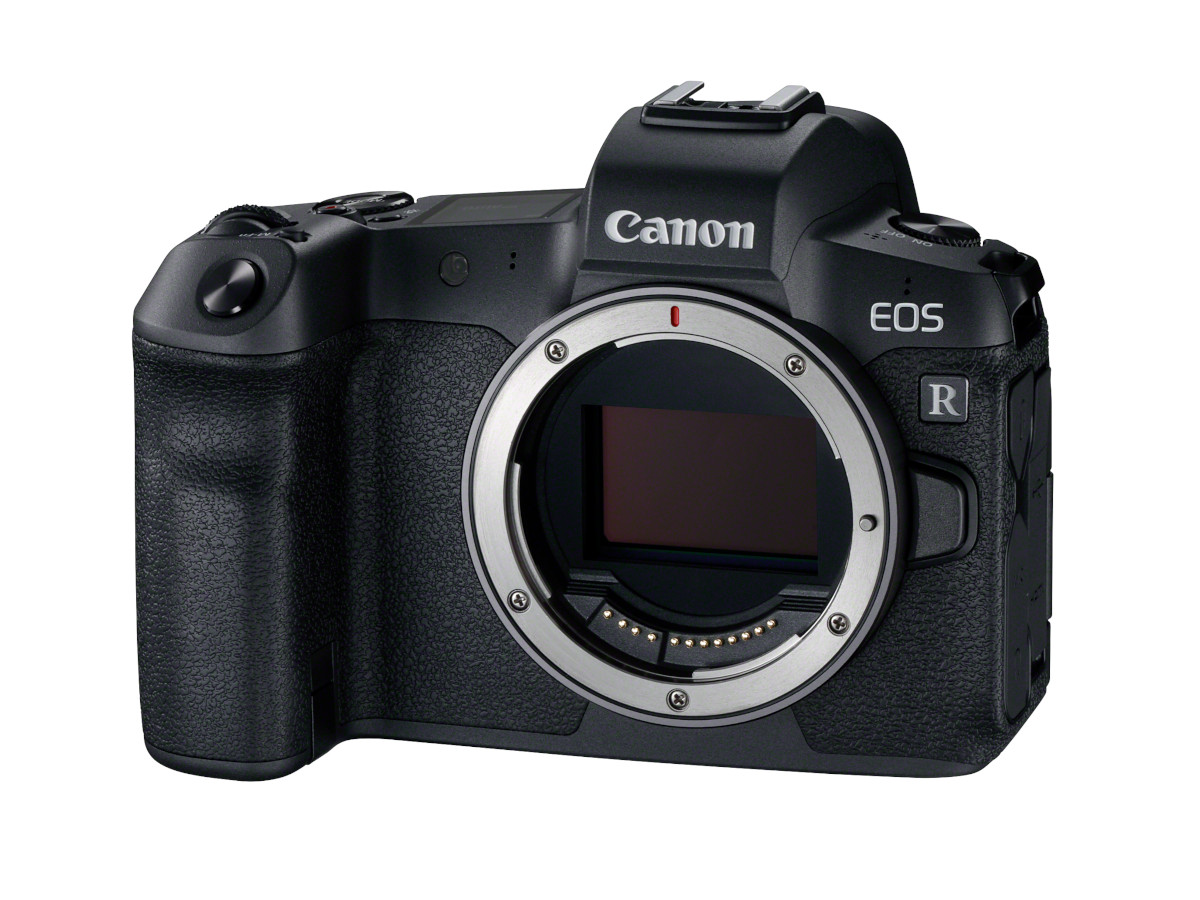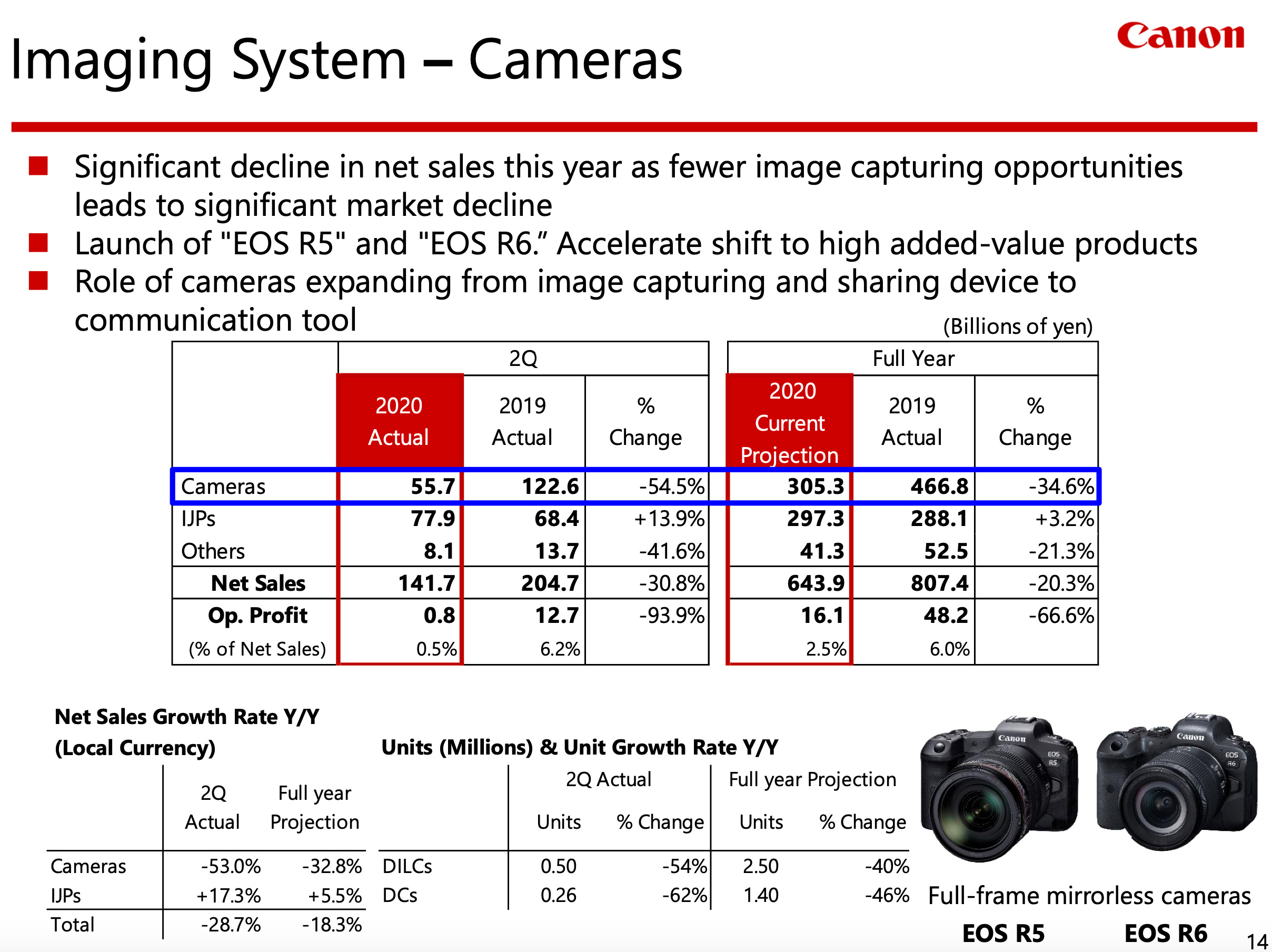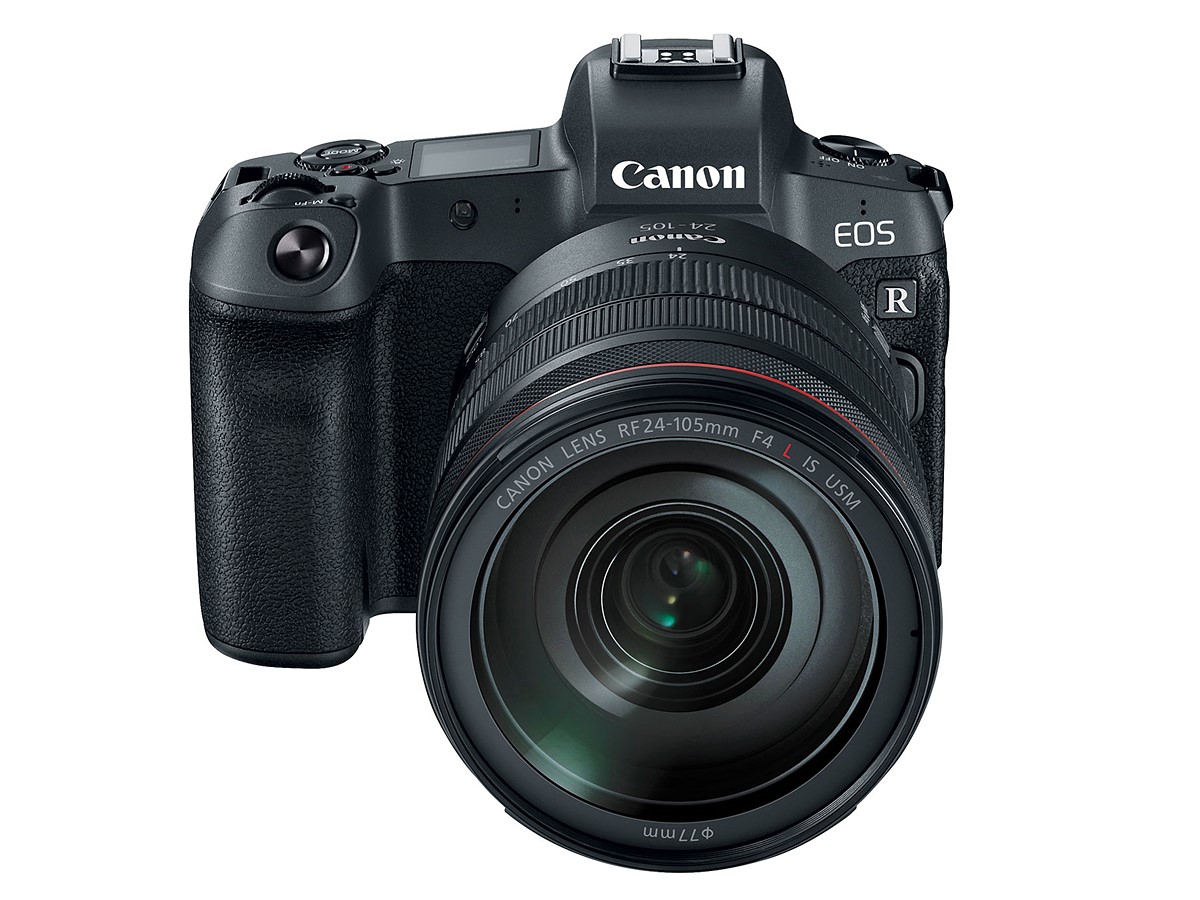

With its ability to capture RAW, JPEG, and HEIF files at an impressive 15fps6, and up to 30fps4 when using the camera's silent electronic shutter7, you can be sure to never miss a moment. However, the EOS R7 camera has been specifically designed to offer exceptional speed and performance. When shooting with non-IS lenses, the EOS R7's IBIS can still provide highly effective stabilization against camera shake thanks to the wide lens mount in the EOS R system.Ĭapturing the perfect photographic moment can be challenging, as it often lasts only for a fraction of a second. This allows for steady handheld photography of long exposures without any camera shake. Thanks to the RF mount's high-speed communication and wide physical width, the RF-S 18-150mm F3.5-6.3 IS STM lens can provide up to 7 stops3 of stabilization, while other RF lenses can provide up to 8 stops13 over 5 axes. The In-Body Image Stabilization (IBIS) of the camera works together with the Optical Image Stabilization (OIS) built into many of our RF lenses. With IBIS, you can explore new ways to be creative and rethink how you use your camera system. This allows you to take long-exposure photos handheld, intentionally blur moving subjects, and capture smooth videos while walking with the camera. The In-Body Image Stabilizer (IBIS) in the EOS R7 provides 7 stops of protection from camera shake.

It ensures quick and precise autofocus, even in low light conditions as low as -5EV 2 or with maximum apertures as small as f/22. The Dual Pixel CMOS AF II focusing system of EOS R7 offers extensive coverage and tracking of subjects over almost 100% of the frame. Sports photographers, on the other hand, will appreciate the camera's ability to track fast-moving and unpredictable subjects, even when they are wearing a helmet, looking elsewhere, or moving upside down. Wildlife photographers will love the camera's ability to identify birds in flight and keep them in focus while they soar across the landscape. With the help of this technology, the camera can easily detect and track people, animals and vehicles, ensuring that they stay in sharp focus no matter where they move within the frame. The EOS R7 camera is equipped with advanced technology such as deep learning AI and iTR AF, which is also found in the EOS R3, EOS R5 and EOS R6 cameras. Therefore, you can capture impactful animal portraits and action shots that fill the frame, making it feel like you are right next to your subject and enabling you to take stunning shots. The EOS R7 features an APS-C sized sensor, which allows the lenses to offer 1.6 times more telephoto reach in comparison to an equivalent focal length on a full-frame camera. A Z5 & 24-70/F4 S combo could take pictures also into the (slight) rain, what my current gear can't do, sadly.for example.īut if i'd get a RP, R8 someday cheap, i'd buy only the RF 35/1.8 STM, which has IS. And costing 2nd hand the same, but with less IQ. weather sealing like the Z6, Z7 series.and the 24-70/F4 S could being bought mint relative cheap.so what's not to like? At least, this lens is so much better, since 1) being an S class lens, and 2) compared to the underdesigned, underforming RF 24-105 STM lens, which must being said. Naturally, i am more attached to Nikon, since the early 90's shooting Nikon, but also many other brands, which are no more nowadays, like Yashica, Minolta, Konica, etc.īut into the end, if i'd choose between a Z5 or RP for cheap, of course i'd always take the Z5, since it's a much better camera, IBIS, dual card slots, prof.

If i'd get perhaps someday a RP or R8 (couple years) for a way good asking price, perhaps i wouldn't say no.


 0 kommentar(er)
0 kommentar(er)
